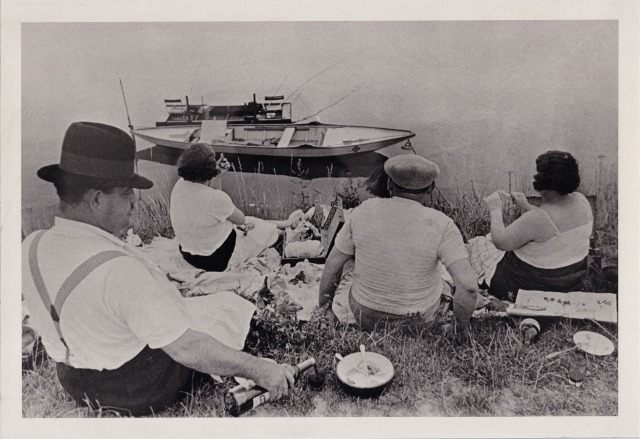Henri Cartier-Bresson (1908–2004) stands as a foundational figure in the evolution of modern photojournalism, renowned for his conceptualization of "the decisive moment"—a synthesis of instantaneous perception and compositional acuity. A co-founder of Magnum Photos, his practice melded the observational rigor of documentary photography with the formal sophistication of fine art, reflecting a dynamic interplay between subjective vision and objective reality.
Educated in painting, Cartier-Bresson was profoundly influenced by the Surrealist movement, which imbued his photographic work with an acute sensitivity to the uncanny and the ephemeral. His global travels, spanning from Europe to Asia and the Americas, provided a vast canvas for his incisive visual commentary. His oeuvre deftly navigates the dialectics of personal narrative and collective history, bearing witness to seismic political and social transformations, including the Spanish Civil War, the liberation of Paris, and the postcolonial realignments of the mid-20th century.
In 1952, Cartier-Bresson published "Images à la Sauvette" ("The Decisive Moment"), a seminal photobook that articulated his philosophical commitment to the primacy of the instantaneous gesture. His photographs are distinguished by their rigorous compositional geometry, intuitive timing, and psychological depth. These visual narratives, though momentary, achieve a timeless resonance by capturing the inherent poetics of human existence.
His lens documented defining historical moments, notably the final days of Mahatma Gandhi and the subsequent national mourning in India. Simultaneously, his visual chronicles of quotidian life expose the shared human condition, reflecting both individual subjectivity and collective experience. Collaborating with prestigious publications such as Life and Harper's Bazaar, Cartier-Bresson expanded the possibilities of photographic storytelling, cementing his role as a preeminent visual chronicler of the 20th century.
His legacy endures through both his iconic images and his exploration of photography's philosophical dimensions, emphasizing the camera's role in capturing fleeting moments of truth.
